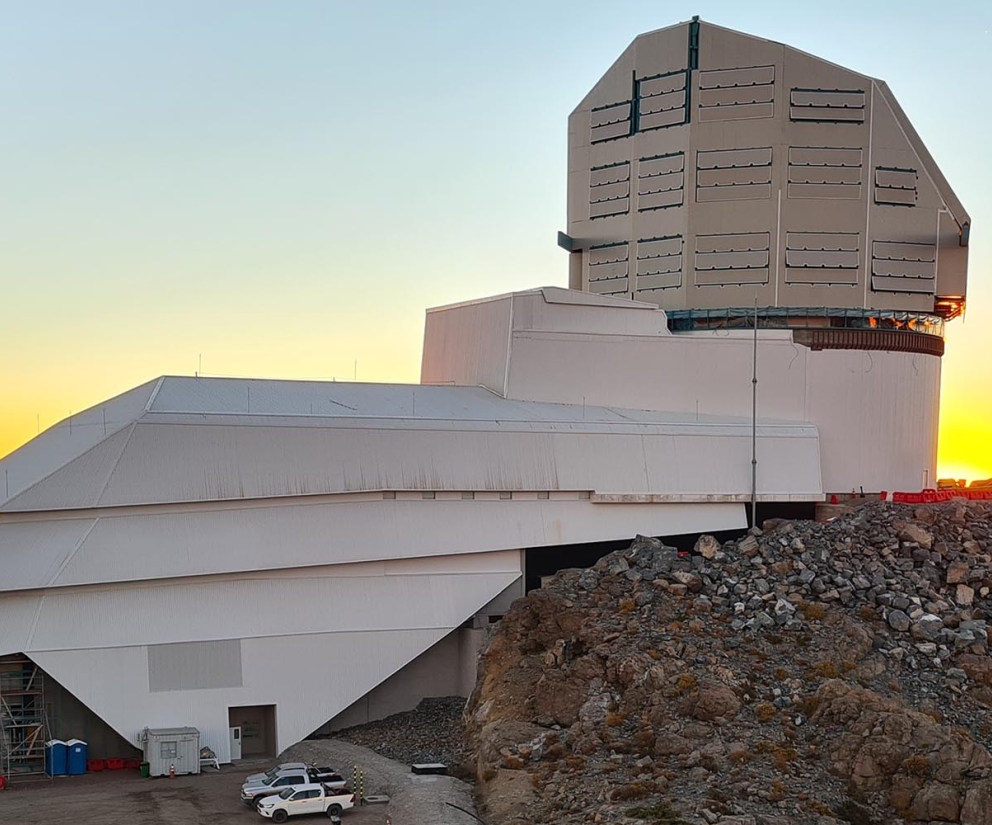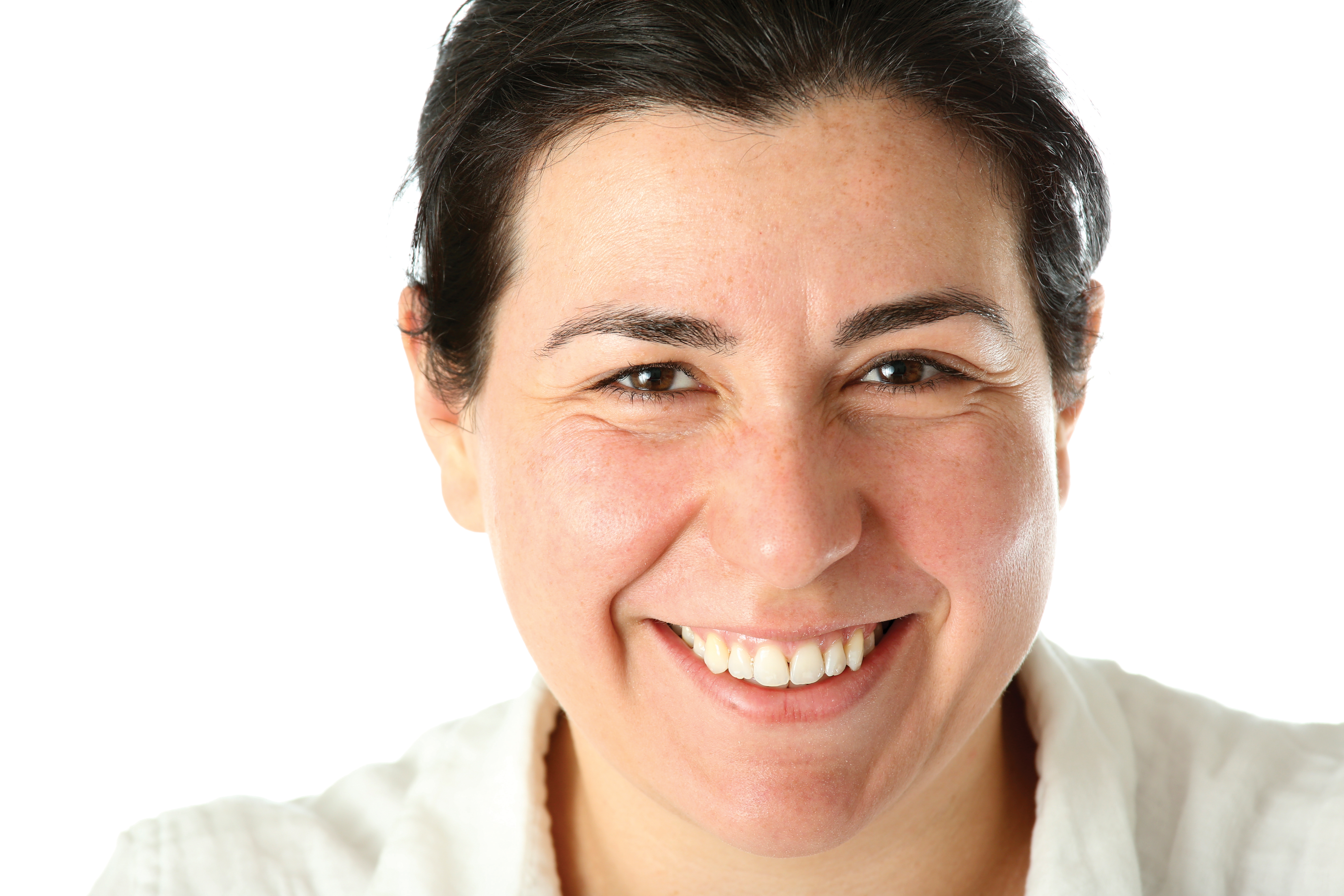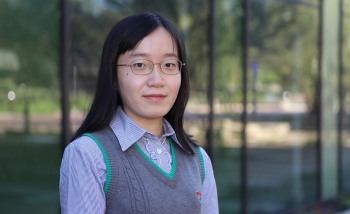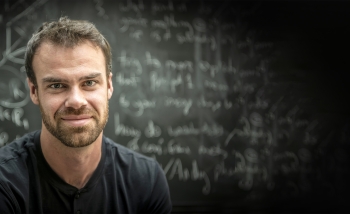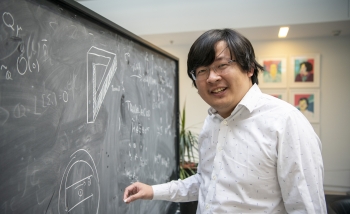Perimeter welcomes new faculty member
Perimeter Institute is pleased to welcome its newest faculty member, Asimina Arvanitaki, whose arrival brings Perimeter’s full-time faculty to 21.
“We are overjoyed that Dr. Arvanitaki has decided to join us at Perimeter,” says Perimeter Director Neil Turok. “She is an almost unique young scientist who is pioneering novel probes of fundamental physics. There is no substitute for experimental tests of our theories. Mina is a specialist in the conception and design of experiments and observations which open new windows onto the universe.”
Arvanitaki sums up her research as “particle physics without the colliders.”
“I was raised to do particle physics beyond the Standard Model – supersymmetry, extra dimensions, theories of dark matter, and the like,” says Arvanitaki. “For the last few years, I’ve been fascinated by new ways to test such theories.”
“Particle physics has been focused on colliders, and the so-called high-energy frontier. This has been greatly successful, culminating in the recent discovery of the Higgs particle. Nevertheless, there is a wide range of beyond the Standard Model phenomena that cannot be probed in colliders. For example, new particle states could interact much more weakly than what is required to be discovered at the LHC. So I am pushing for alternative ways to look for fundamental physics.”
Plenty of particle physicists work with instruments that aren’t colliders, of course. There are neutrino detectors and direct dark-matter detectors, for instance. But Arvanitaki pushes the idea further.
“What is new in my approach is using technologies such as atom interferometry, quantum optomechanics, and nuclear magnetic resonance,” she says. “Many of these methods have seen great progress in the last few years. Some of the experiments I propose could not even have been conceived of 10 years ago.”
For instance, Arvanitaki has pioneered the use of optically levitated dielectric objects (that is, tiny mirrors, held by light from lasers) to detect gravitational waves. She is currently thinking about ways in which high precision magnetometers can be used to detect forces mediated by axions, a possible component of dark matter, and how optical clocks can be used as dark matter detectors.
“Developing these ideas requires working outside my natural comfort zone of particle theory,” says Arvanitaki. “This is scary, but also refreshing and fun!”
At the same time, she is working on purely theoretical problems, such as the challenges raised by the most recent results from CERN. Arvanitaki has written extensively on “split SUSY,” a model of particle physics beyond the Standard Model which is motivated by ideas from string theory.
It is an unusual mix. “My research is broad and interdisciplinary, and in some ways it’s outside traditional views on beyond the Standard Model physics. I do sometimes feel like the odd one out,” Arvanitaki says. “But at Perimeter, diversity and new ideas in theory are what it’s all about. I am extremely excited and honoured to become part of such a team!”
Arvanitaki was born in Greece and did her undergraduate work at the University of Athens, before continuing to a graduate degree at Stanford University in California. She comes to Perimeter from the Stanford Institute for Theoretical Physics, where she was a research associate.
“We hope she’s bringing a coat and boots,” says Turok. “Welcome, Mina!”
About PI
Perimeter Institute is the world’s largest research hub devoted to theoretical physics. The independent Institute was founded in 1999 to foster breakthroughs in the fundamental understanding of our universe, from the smallest particles to the entire cosmos. Research at Perimeter is motivated by the understanding that fundamental science advances human knowledge and catalyzes innovation, and that today’s theoretical physics is tomorrow’s technology. Located in the Region of Waterloo, the not-for-profit Institute is a unique public-private endeavour, including the Governments of Ontario and Canada, that enables cutting-edge research, trains the next generation of scientific pioneers, and shares the power of physics through award-winning educational outreach and public engagement.

